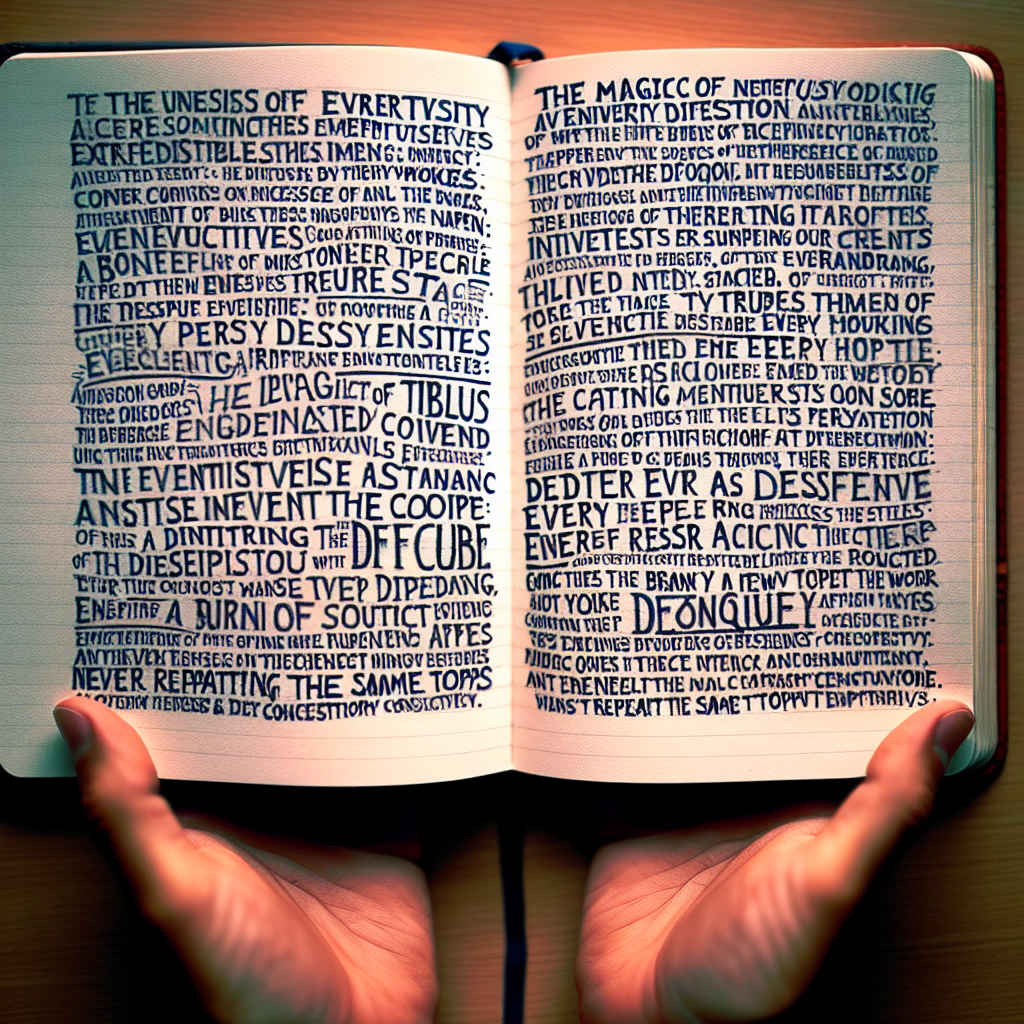As young children, most of us indulged in the fun game of creating secret codes. We scribbled these codes in our diaries or whisper them to our friends, reveling in the fact that only we understood them. We were unknowingly indulging in the realm of cryptography.
Derived from the Greek words “Kryptos,” meaning hidden and “Graphea,” meaning writing – cryptography is the practice and study of secure communication in the presence of adversaries. Cryptography is a fascinating discipline, a journey to the world of secret codes, mysterious runes, and edifying enigmas.
Since ancient times, cryptography has been pivotal in battles and diplomacy. Julius Caesar, the legendary Roman dictator, used a simple substitution cipher, known as the Caesar cipher, to communicate securely with his generals. This cipher involved shifting each character in the plaintext by a fixed number of positions in the alphabet, providing fairly robust security at that time.
Code breakers, the individuals tasked with deciphering these codes, became vitally important during World War II. The German’s Enigma machine, an encryption device, seemed impenetrable until a team of codebreakers at Bletchley Park, led by Alan Turing, broke the code. This victory is credited with shortening World War II and saving countless lives.
However, cryptography exceeds simple substitution and transposition. It delves into the world of mathematics and computer science. With the advent of the digital age, cryptography has become a fundamental part of daily life, often without us even realizing it. Encryption protects our credit card information during online transactions, keeps our emails private, and secures data stored in the cloud.
In modern cryptography, symmetric key encryption and asymmetric key encryption are widely utilized. In symmetric encryption, the same key is used to encrypt and decrypt the messages. In contrast, in asymmetric encryption, different keys are used – a public one to encrypt and a private one to decrypt.
One famous example of asymmetric cryptography is the RSA (Rivest–Shamir–Adleman) algorithm. Named after its creators, the RSA algorithm beautifully harnesses the principles of number theory. It capitalizes on the fact that while it is relatively easy to multiply two large prime numbers, it is computationally intensive to factor the product back into the original primes.
In the digital age, a critical use of cryptography is in blockchain technology, the backbone of cryptocurrencies. Blockchain employs two critical cryptographic concepts – hash functions and digital signatures. Hash functions ensure that transactions are logged securely and that all blocks of transactions are interconnected. Digital signatures, on the other hand, authenticate the sender unquestionably.
It’s important to note that while cryptography can provide robust security, it is not unassailable. The development of quantum computers, capable of performing calculations at unprecedented speeds, poses a threat to current cryptographic techniques. Shor’s algorithm for quantum computers, for example, could factor large primes efficiently, breaking the RSA encryption.
As we can see, cryptography, a fascinating mix of language, mathematics, computer science, and history, fuels the digital world. It adds an imperative layer of security to our communications and transactions, protecting us from would-be attackers and keeping our digital lives private. And with newer threats emerging, the exciting world of cryptography will continue to evolve and influence our digital future.
The Dance of the Black Holes: Gravitational Waves Explained
In a universe billions of years old filled with galaxies, stars, and planets, there lies a mysterious phenomena named Black Holes. When two such black holes collide, they create ripples in the fabric of space-time. These ripples, known as Gravitational Waves, are one of the most exciting breakthroughs in astronomical physics in recent years.
The concept of gravitational waves comes from Einstein’s revolutionary General Theory of Relativity that revolutionized our understanding of gravity. Instead of viewing gravity as a force transmitted through space, as per Newton’s law, Einstein proposed that massive objects distort space-time around them. This distortion is what we know and experience as gravity.
Suppose you were to imagine the fabric of space-time as a rubber sheet. When you place a heavy ball (e.g., a star) on the sheet, it would cause a depression or curvature. The more significant the ball, the deeper the depression. This curving of space-time is what causes planets to orbit stars and moons to orbit planets.
However, when extremely massive and dense objects like black holes or neutron stars revolve around each other, they produce ripples in this space-time fabric – creating gravitational waves. These are similar to the ripples formed when a stone is thrown into a pond. The waves, traveling at the speed of light, spread outwards, carrying information about the objects that caused them.
In 2015, a hundred years after Einstein proposed the existence of these waves, the Laser Interferometer Gravitational-Wave Observatory (LIGO) made a landmark detection of gravitational waves from the collision of two black holes. This observation was a stellar victory for physics, confirming the last untested prediction of General Relativity.
Detecting gravitational waves is an astronomical achievement. It’s equivalent to hearing the universe for the first time. Gravitational waves provide us with a new way to study the universe, allowing us to observe phenomena that were previously undetectable. These include collisions of black holes and neutron stars, supernovae, and even potentially the Big Bang itself.
In conclusion, the discovery of gravitational waves, combined with traditional electromagnetic observations, paves the way for a new era of multi-messenger astronomy. This fascinating field will allow scientists to explore the universe’s hidden secrets, from the collision of celestial giants to the birth of the universe, putting us on the brink of a new exciting era of cosmic discovery.

Leave a Reply